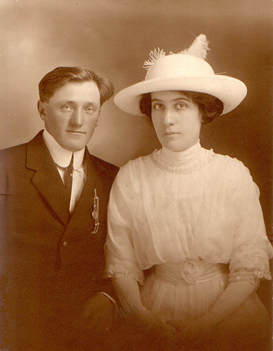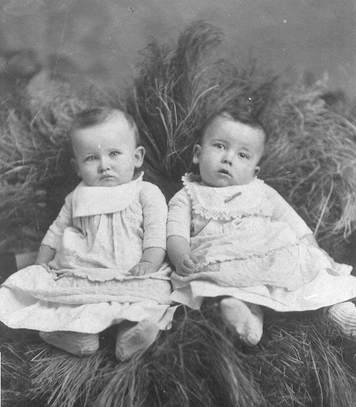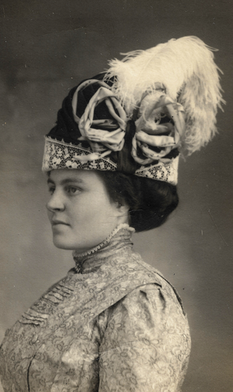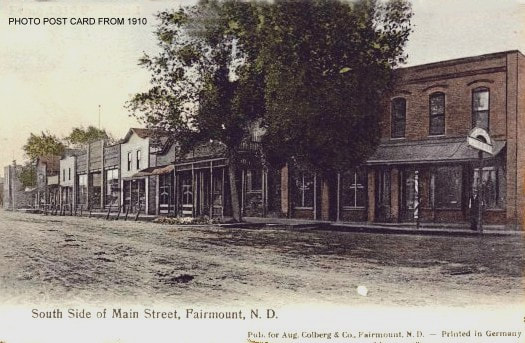|
Even though many of us will live in several homes during our lifetime, our ancestors may have settled in a particular region and stayed there. If they were farmers or owned a business in town, they put sweat equity into building a home and life in their new community. After leaving their home country, they were ready to have a sense of place. That’s not to say that children of these ancestors or even some ancestors continued to see new opportunities…often further west. As we write about our ancestors, we need to understand the places that they lived. Let’s look at hometowns and what information we can find to enhance their stories. A person’s hometown is central to a community. The churches, schools, sports, and organizations all create a sense of belonging (and a fierce rivalry with local towns in sports.) If you grew up in the same hometown as your grandparents or great-grandparents, you innately know a lot about the community. But what if you didn’t? What are some resources that might help you find out more about the area?
Town and County Histories Around the time of the United States Bicentennial there was a concerted effort to capture county history, including the townships, cities, and towns of the area. Your local library and historical societies are excellent resources. In Fargo, ND, the NDSU Archives includes the Institute of Regional Studies and an extensive collection of local and county histories of North Dakota. While we all make a beeline for our ancestor’s names in the index, take some time to read about other people that lived nearby or the town history. You’ll have a better idea about what was happening during that time. Local Newspapers There are several resources for newspaper articles. Every state has some representation in the Chronicling America Newspapers Online. You also could check out SmallTownPapers. They have an interesting assortment of newspapers from around the country. Church Anniversary Books It wasn’t uncommon for churches to celebrate their jubilee by publishing a small booklet, talking about how the parish started, past parishioners and current times. These are treasure troves of information if you’re lucky to have your ancestor mentioned. In one such book, they listed the Civil War Veterans from their church which included two of my g-g-great grandfathers. I had no idea that one of them served when I found this booklet. You could check in local libraries or contact the church directly if it still exists. Also remember to leverage sites such as Hathi Trust and Digital Public Library of America. You never know what they might have available. Postcards Isn’t it fun when you find an old picture of the family farm? It might be worth exploring old pictures that show the towns that your ancestor lived nearby. What did the main street look like in 1910? Do you have any old receipts or account books? Do they reference a particular store or business that they patronized? If so, it provides us with more insight into what their day-to-day life was like. Plat Books Often, we use plat books to identify the farmland that our ancestors owned. The next time you look at a plat book, make sure that you look at the plat page for the individual towns as well as the information in the front and the back of the book. Sometimes they include world history, regional history and in the index section there are brief biographies of some of the landowners. The landowners typically had to pay to have that information included—this probably tells you they were doing ok financially if they could afford to do that. There are often some photos of farms and towns included. Each plat book is different, but it is worth checking out. Ancestry has several plat books available online. You could also check your local historical societies and libraries. Not every plat book is online. Sanborn Maps We’ve talked about Sanborn Maps in the past. These are primarily geared towards larger towns/cities. You can find interesting tidbits if you take the time to look. For example, you might find that the church that your ancestor attended was made of brick and had a forced air heating system. Or that the streets were not named the same in 1890 as they were in 1920. Thanks to the Library of Congress, we can access the Sanborn Maps online. I hope this has given you some ideas of how you can add color and interest to your family history writings by learning more about the communities where your ancestor lived. Enjoy stepping back in time and finding hometown information.
0 Comments
Leave a Reply. |
AuthorWith a lifelong passion for genealogy and history, the author enjoys the opportunity to share genealogy tidbits, inspiring others to research and write their family story. Archives
July 2024
Categories |




 RSS Feed
RSS Feed